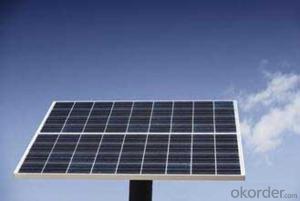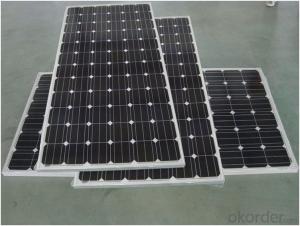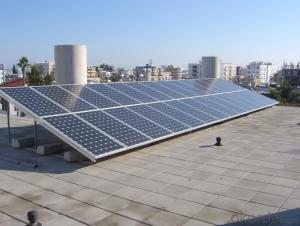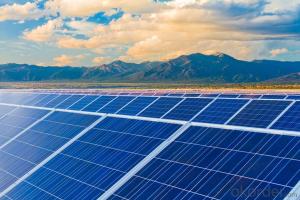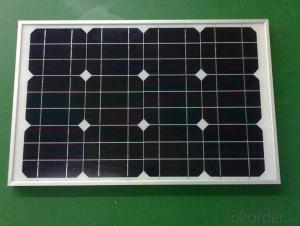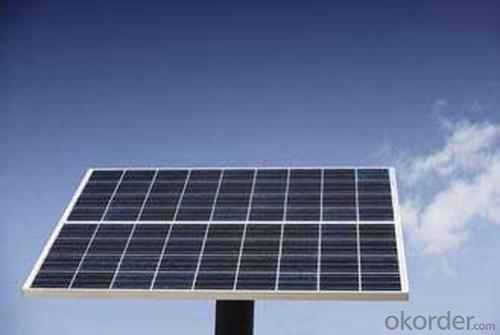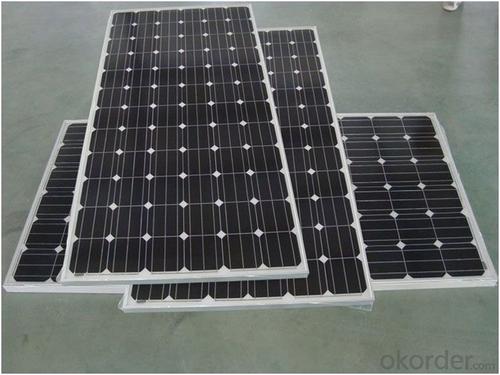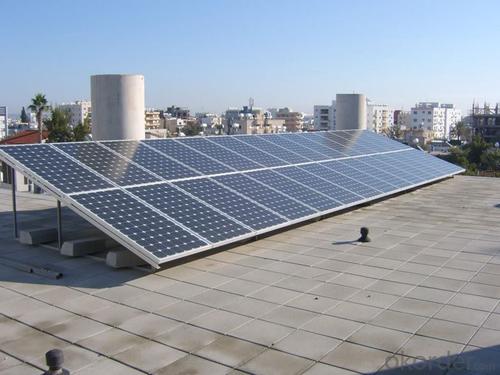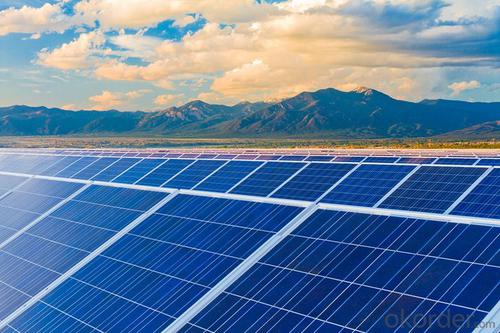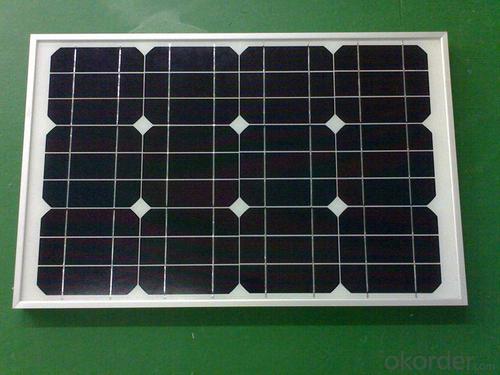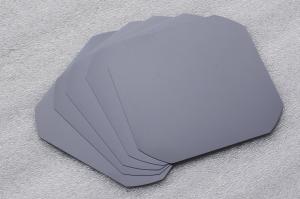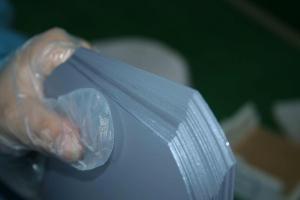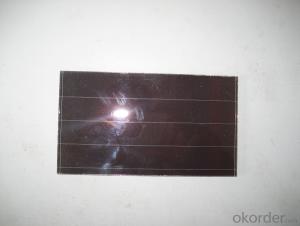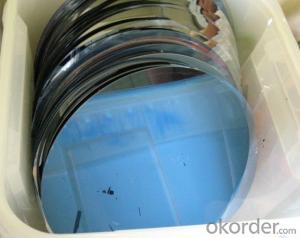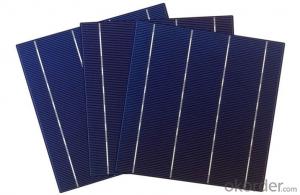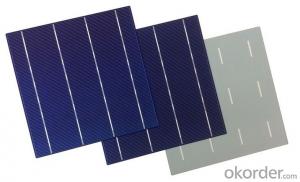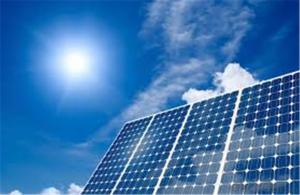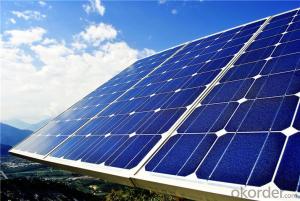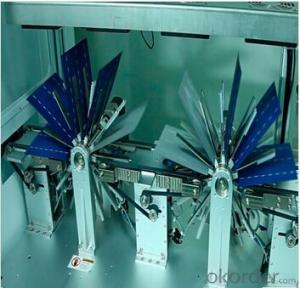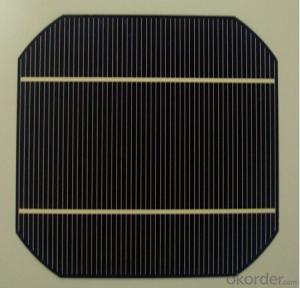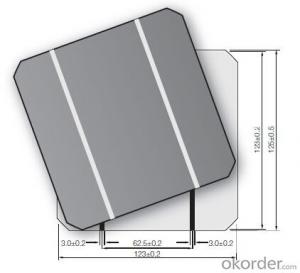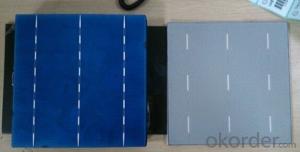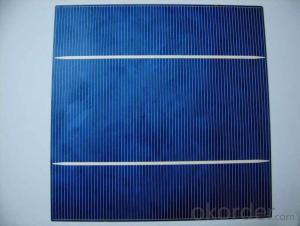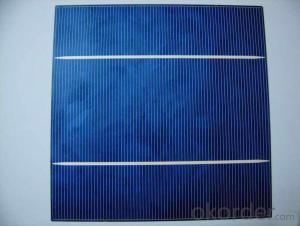Silicon Solar Wafer Home Lighting Solar Panel Kit 10w to 500w
- Loading Port:
- China main port
- Payment Terms:
- TT OR LC
- Min Order Qty:
- 500 watt
- Supply Capability:
- 20000000 watt/month
OKorder Service Pledge
OKorder Financial Service
You Might Also Like
Destription:
Solar panel refers to a panel designed to absorb the sun's rays as a source of energy for generating electricity or heating. A PV module is a packaged, connected assembly of typically 6×10 solar cells. Solar PV panels constitute the solar array of a photovoltaic system that generates and supplies solar electricity in commercial and residential applications.
Main Characteristic
1.Manufactured according to international quality and Environment Management
System (ISO9001, ISO14001)
2. By the high transmittance, low iron tempered glass, anti-aging of the EVA(polyethylene - vinyl acetate), high-performance crystalline silicon solar cells, good Weather resistance TPT (fluoroplastics composite membrane) by pyramid , has a good Weather resistance and anti-UV, hail, water-proof capacity.
3. OEM and customerized package are accepted
4. High efficiency crystalline silicon solar cells
Quality warranty
1.10 years limited warranty on material and workmanship
2. more than 90% power output in 10 years
3. more than 80% power output in 25 years
Product show
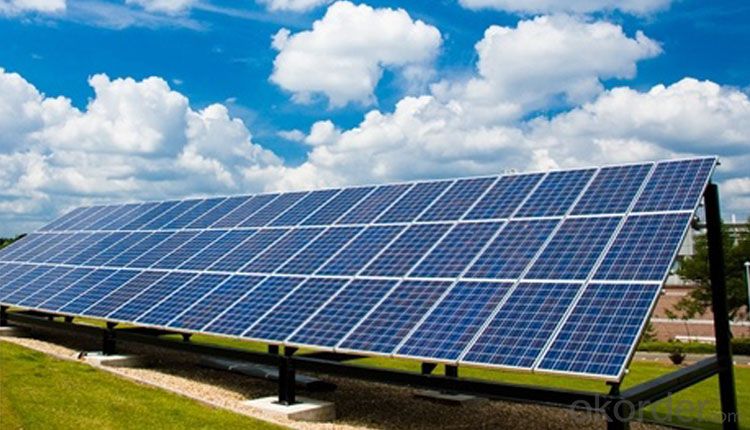
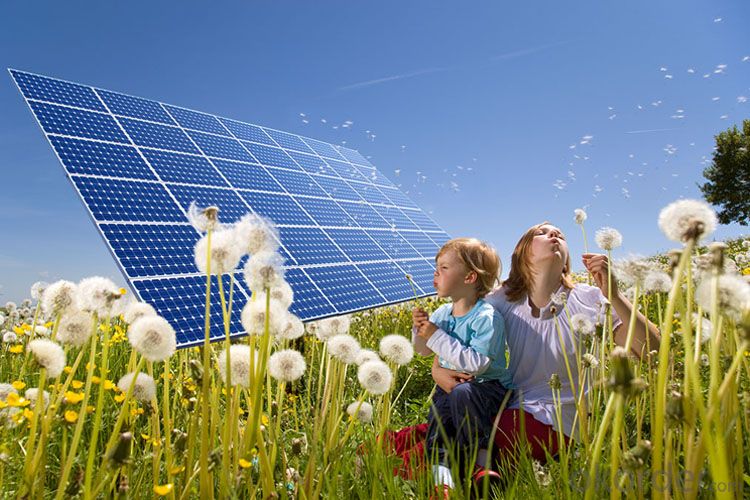
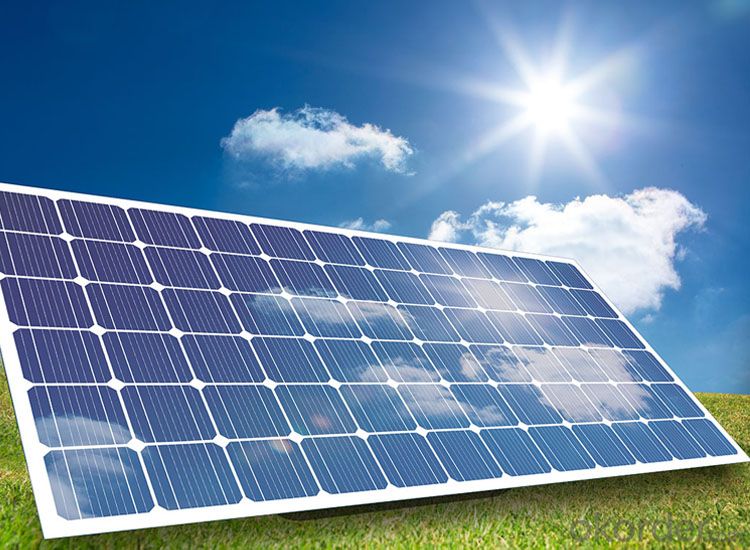
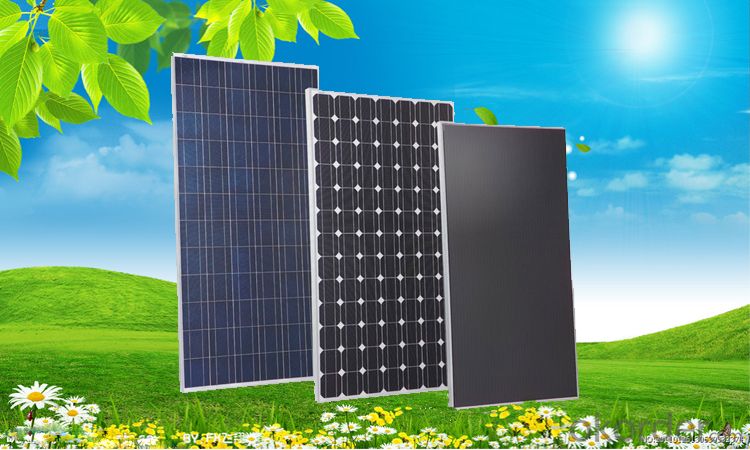
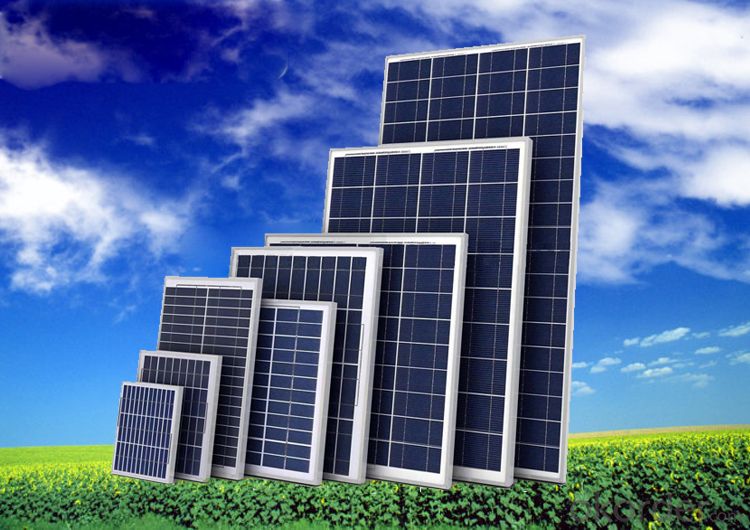
- Q: What is the impact of surface roughness on solar silicon wafers?
- Surface roughness on solar silicon wafers has a significant impact on their efficiency and overall performance. A rough surface can cause increased reflection of sunlight, resulting in reduced light absorption and lower energy conversion efficiency. It can also lead to increased electrical losses, as rough surfaces can create more recombination sites for charge carriers. Therefore, minimizing surface roughness is crucial in maximizing the efficiency and performance of solar silicon wafers.
- Q: How are solar silicon wafers tested for quality control?
- Solar silicon wafers are tested for quality control through various methods. These include visual inspection to identify any defects or impurities on the surface, measurement of electrical properties such as resistivity and efficiency, and testing for mechanical strength and durability. Additionally, the wafers may undergo spectroscopic analysis to determine their chemical composition and purity. These comprehensive testing procedures ensure that only high-quality silicon wafers meet the required standards for solar panel production.
- Q: Are there any health or safety concerns associated with solar silicon wafers?
- There are generally no significant health or safety concerns associated with solar silicon wafers. These wafers are made from silicon, a non-toxic and abundant element. However, during the manufacturing process, some hazardous chemicals may be used, such as hydrochloric acid or toxic gases. Therefore, proper safety protocols and waste management need to be followed in solar panel production facilities to ensure worker safety and minimize environmental impact. Once the solar panels are installed and operational, they pose no health or safety risks to users.
- Q: Can solar silicon wafers be used in concentrated photovoltaic systems?
- Yes, solar silicon wafers can be used in concentrated photovoltaic systems. These systems use lenses or mirrors to concentrate sunlight onto smaller, more efficient solar cells, including silicon wafers. The concentration increases the amount of sunlight reaching the cells, resulting in higher energy output.
- Q: What is a silicon wafer
- Silicon is an important material in the IC fabrication, through photolithography and ion implantation on the silicon wafer and other means, can be made into various semiconductor devices made of silicon chip. With amazing computational capabilities. The development of science and technology promotes the development of semiconductor. Development of automation and computer technology, this makes the silicon chip (integrated circuit) high technology product cost has been reduced to a very low degree. This makes the silicon wafer has been widely used in aerospace, industry, agriculture and national defense, and even crept into every family.
- Q: How are solar silicon wafers connected in a solar array?
- Solar silicon wafers are typically connected in a solar array through a process called soldering. This involves connecting the positive side of one wafer to the negative side of another wafer using thin metal strips called busbars. These busbars act as conductors, allowing the flow of electricity between the connected wafers. The soldering process ensures a secure and efficient electrical connection among the silicon wafers, enabling the solar array to generate and harness solar energy effectively.
- Q: Can solar silicon wafers be used in solar-powered drones?
- Yes, solar silicon wafers can be used in solar-powered drones. Solar silicon wafers are commonly used to convert sunlight into electricity, making them an ideal choice for powering drones with solar energy.
- Q: How do solar silicon wafers handle temperature variations?
- Solar silicon wafers are designed to handle temperature variations quite well. This is because they are typically made from high-quality materials that have been carefully engineered to withstand extreme temperatures. The wafers have a low coefficient of thermal expansion, meaning they expand and contract minimally with temperature changes. This helps to prevent cracking or damage to the wafers. Additionally, solar cells are often encapsulated in protective materials that provide insulation and help regulate temperature, further enhancing their ability to handle temperature variations.
- Q: What factors affect the conversion efficiency of a solar silicon wafer?
- Several factors affect the conversion efficiency of a solar silicon wafer. These include the quality and purity of the silicon material used, the presence of impurities or defects in the wafer, the surface texture and reflectivity, the thickness of the wafer, and the design and performance of the solar cell technology employed. Other external factors such as temperature, humidity, and sunlight intensity also play a role in determining the overall conversion efficiency.
- Q: Are solar silicon wafers affected by dust or dirt accumulation?
- Yes, solar silicon wafers are affected by dust or dirt accumulation. When dust or dirt accumulates on the surface of the silicon wafers, it can block sunlight and reduce the efficiency of the solar cells. Regular cleaning and maintenance is necessary to ensure optimal performance of solar panels.
Send your message to us
Silicon Solar Wafer Home Lighting Solar Panel Kit 10w to 500w
- Loading Port:
- China main port
- Payment Terms:
- TT OR LC
- Min Order Qty:
- 500 watt
- Supply Capability:
- 20000000 watt/month
OKorder Service Pledge
OKorder Financial Service
Similar products
Hot products
Hot Searches
Related keywords
